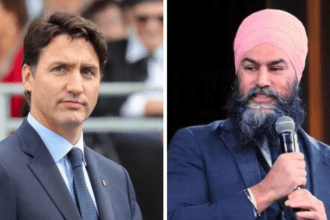
What are NFTs?
Can You Make Money From NFTs? How much would you pay for this artwork? In March 2021, this art piece created by digital artists Beeple sold for over $69 million, becoming one of the most expensive works of art ever sold at an auction. The catch? Well, it doesn’t exist yet. Not physically at least. It’s all thanks to a trend known as NFTs or non-fungible tokens. And in recent years, it’s taken the art scene by storm.
In 2018, I went to Christie’s and was essentially credited with bringing NFTs to the art world and what happened was I gave away 300 free NFTs. Now, fast forward three years, each of those 300 NFTs that we gave out as like a physical card that you could cash in are worth about a million dollars. This piece is called ‘Knockout’. It was actually the first piece that I painted during 2021.
So now this is the most expensive NFT that I’ve sold to date. I paired it with this physical piece, I sold it for the equivalent of about $17,000 USD. The market has seen explosive growth in 2021. During its third quarter, NFT trading volume hit $10.7 billion — a 723% gain from the previous quarter and a staggering gain of over 38,000% year-over-year.
It’s become something that was a bit of a novelty to something that’s become a lot more mainstream very, very rapidly. And this is partially due to the fact that a lot of celebrities and people who are well known have kind of jumped on the NFT bandwagon and given it a kind of credibility.
How can I or Can You Make Money From NFTs??
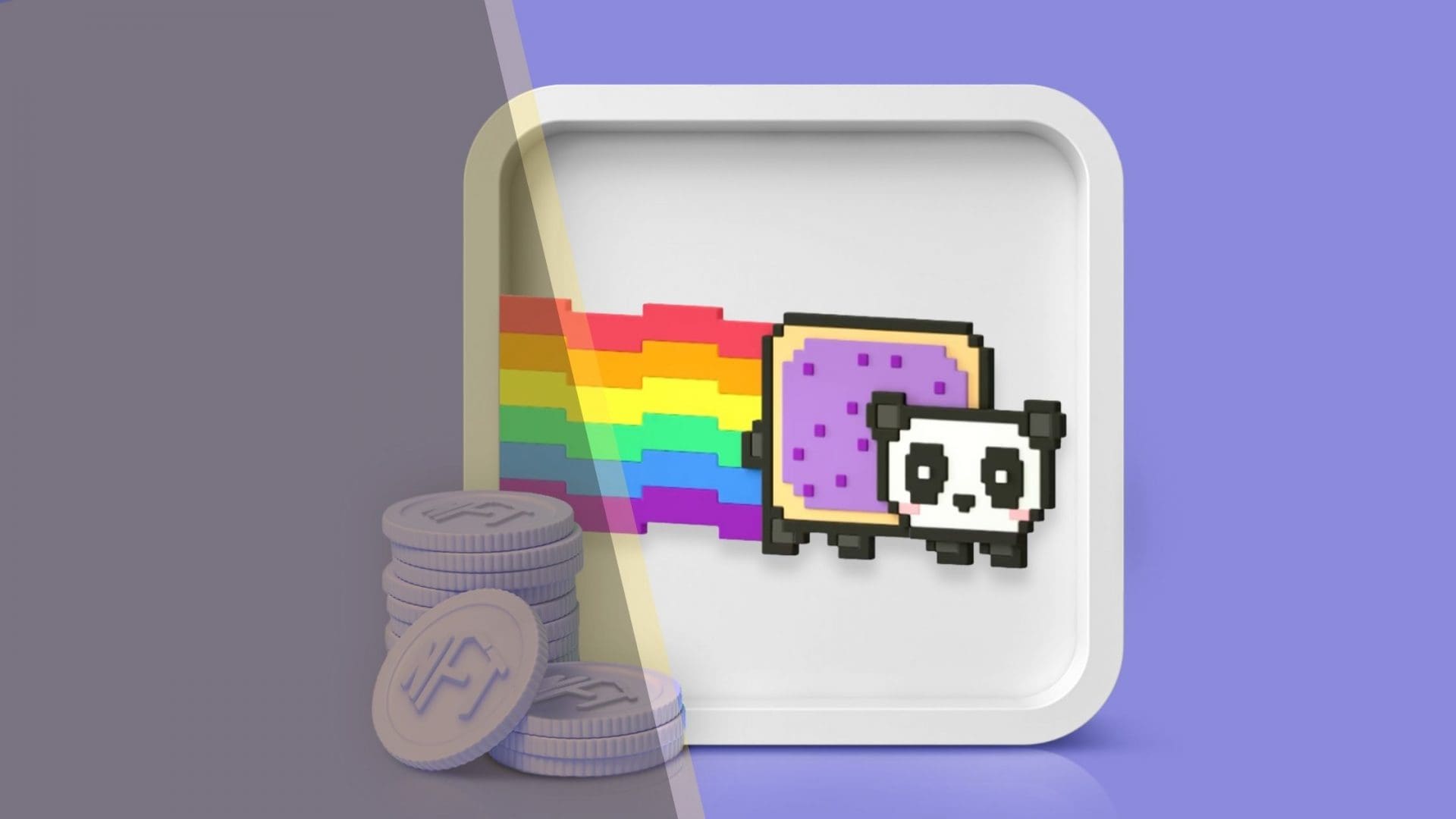
I think it’s also being pushed very strongly by people who are into cryptocurrencies as another way of basically earning money and gaining value from cryptocurrencies. But NFTs astonishing growth has also led to deep scepticism over its market. I think the technology underlining NFTs is useful and has practical applications.
How it’s currently being used at the moment is just one rolling series of mad Tulip Mania style bubbles. That’s all it really is, together with some very ugly artwork. So just how do non-fungible tokens work and is it an asset worth investing in? NFTs refer to unique one-of-a-kind digital assets that are verified and stored using Blockchain technology.
They’re mostly traded using cryptocurrency in NFT-specific marketplaces, such as Opensea are super rare. Early days we didn’t even call them NFTs. We would call it ‘art on the blockchain’, or before that, we were calling it ‘dank rares’. The simplest way to describe a non-fungible token is really a digital representation of ownership in an individual aspect.
So taking any sort of item, property, contract and essentially digitizing it and the non-fungible token itself represents your ownership stake in that asset. And NFTs can be pretty much anything from music to video clips, domain names, and even tweets. But the current craze is really around collectables and digital art.
Since its inception, NFT collectables has generated over $5.6 billion in sales, while digital art has generated over 1.8 billion. Things like artworks and collectables have become the big commodity of NFTs because they naturally fit into what NFTs are. They’re sort of certificates of authenticity.
Don’t buy because of the hype
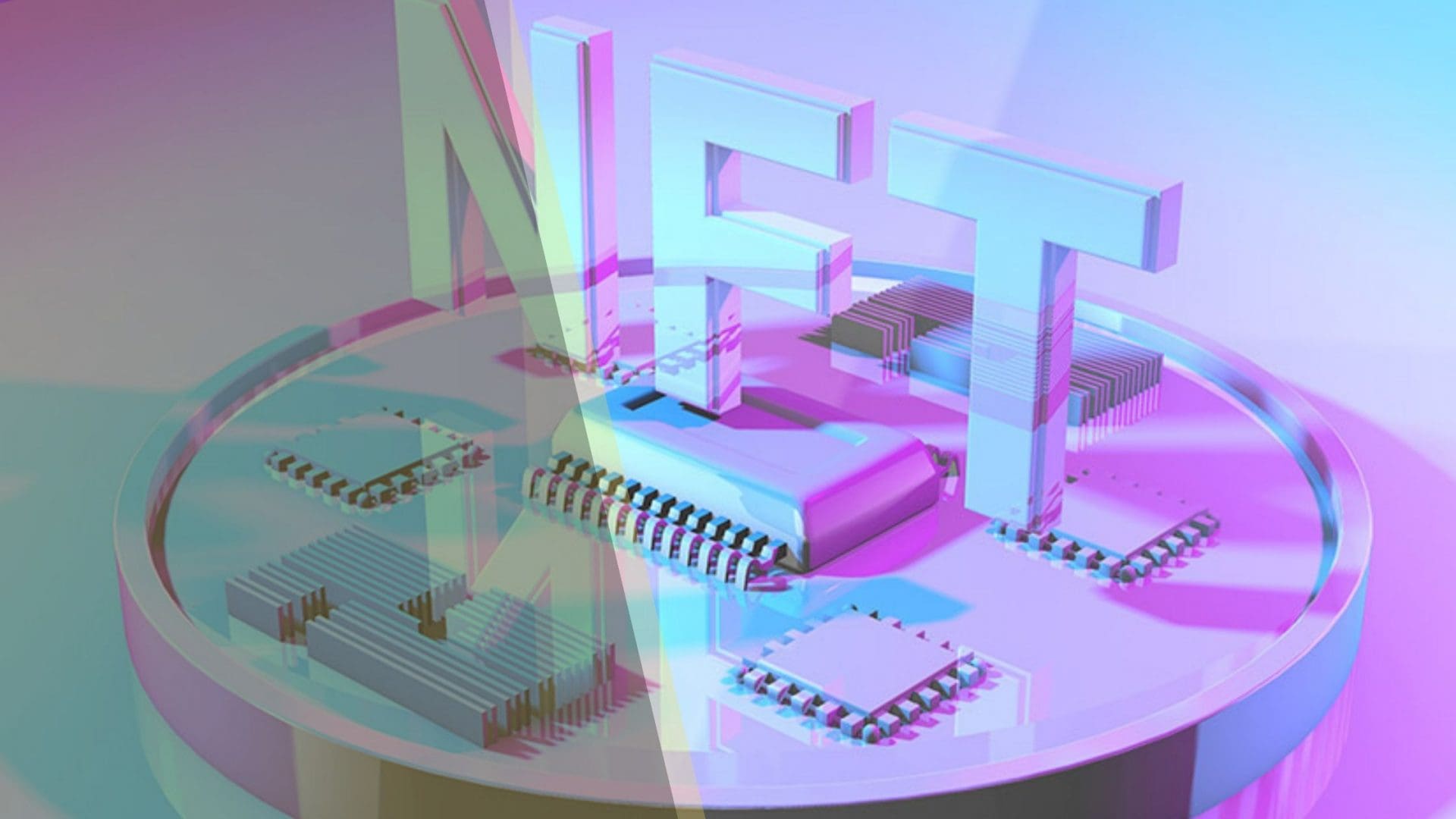
So when you’re collecting something, you know, you can have a physical copy of something and if that physical copy is unique, there’s only one of that thing, it’s easy to show the authenticity. But because of your digital being copyable, having this extra sort of like certificate of authenticity is really important to sort of show ownership of that particular thing. And the market is only about to get bigger.
In October 2021, cryptocurrency exchange Coinbase and auction house Sotheby’s both announced their intentions in launching their own NFT marketplaces. I think it’s really exciting to see big companies. Budweiser, Arizona iced tea, those types of brands coming in and buying NFTs and saying we want to play in this space as well as like investment companies saying we’re going to add crypto, whether it’s cryptocurrencies or NFTs to our portfolio options or services that we can assist with.
There are only a couple of 100,000 users on even the largest NFT platforms today. And you know, when you have big players like FTX, or Coinbase or even larger entities organizations come into this market, it just expands the userbase. There are many reasons why NFTs have caught the attention of investors, but their most alluring quality lies in their potential for profitability.
Take this crypto punk art for instance. In 2017, Cryptopunk #753 was sold for just eight ethers worth $1,464 at the time. In 2021, the same artwork made headlines after selling for more than $11.7 million in a Sotheby’s auction. I do believe that a lot of new participants are doing it because they believe there’s an opportunity to make money.
And it’s not false. {eople have made substantial amounts of money in the market flipping and trading these assets online so it’s not like you can’t do it. There aren’t many other good investment options, particularly for younger people. Because you can’t afford to buy a house. You can barely afford to pay your rent. Your job probably pays your peanuts and the stock market is perceived as an insider’s game.
Purchase things you really enjoy
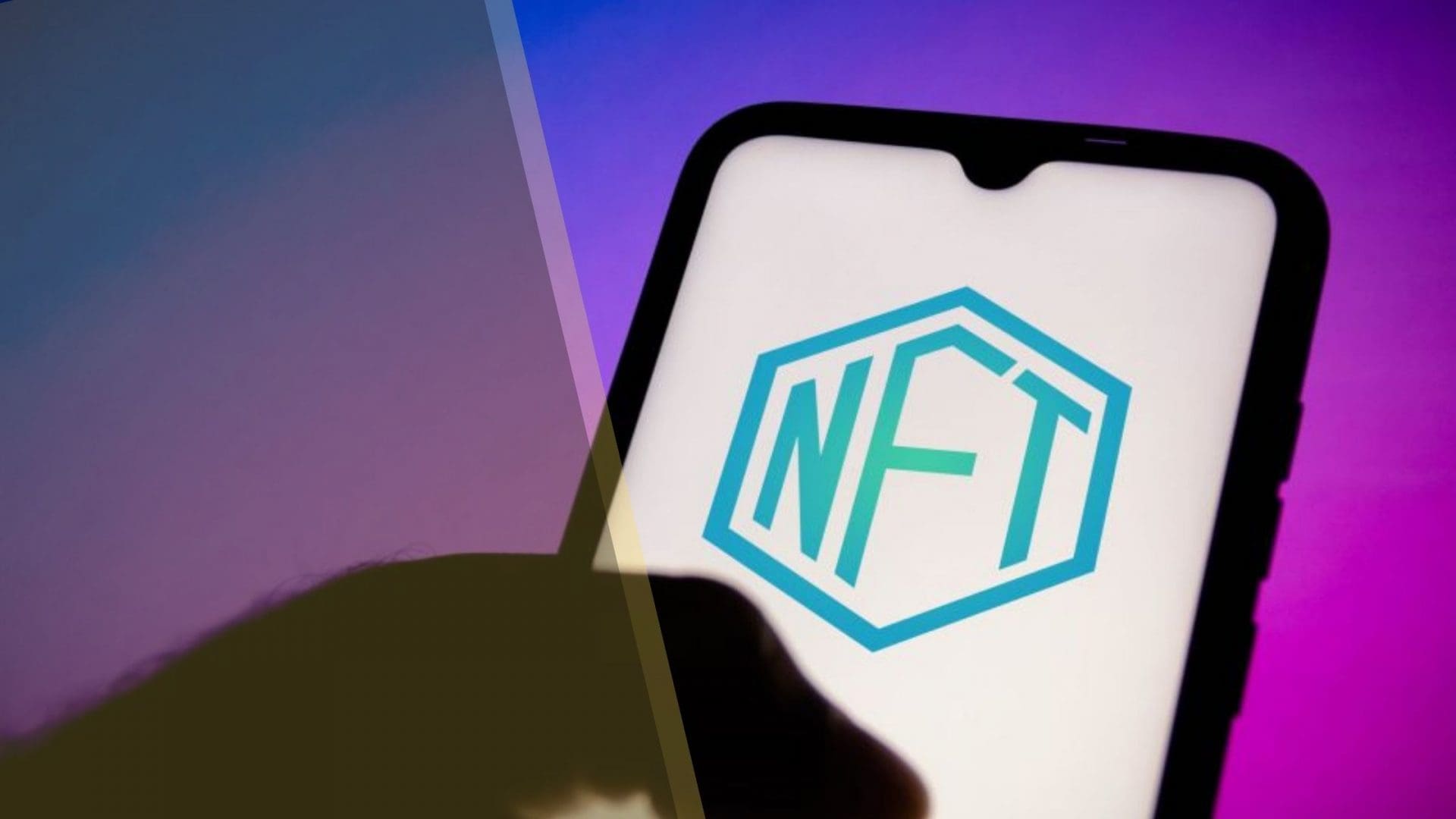
So why not put all your money into a digital lottery and see if you can’t make a million dollars overnight? Who knows you could be the lucky one. Meanwhile, the underlying blockchain technology allows collectors to have a more accurate proof of authenticity and originality while giving artists more control over their work. The blockchain is ultimately a database and it’s a list of transactions.
And those transactions are spread out across many computers, which makes it hard if not impossible to go in and change them. So you can actually trust the records that are on the blockchain. Because of that, as I said, you have verifiable authenticity and verifiable scarcity.
And when that happens, it’s great for something like the art market or any collectable market because you aren’t as concerned with things like forgeries, or not knowing like the production of a particular art piece, like how many prints exist in the world is really hard to verify in the physical world, but on the blockchain makes it possible.
Artists also point out that NFTs have boosted the art scene, providing new revenue streams for independent artists around the world. NFTs allow us a new stream of income, which is fantastic that you could be anywhere in the world and you could sell an NFT to anywhere else in the world. Most artists aren’t selling $70 million NFTs, you know, that’s sort of the outlier, I guess, for lack of a better description.
But there are so many stories about artists, particularly during Covid, often who lived in economies, you know, countries with economies that really weren’t that strong who lost their jobs during Covid. But we’re able to make enough money selling NFTs that they could you know, feed their family or buy a house or have that extra income to stay motivated while they’re making NFTs.
It opens you up to new audiences. There is a huge collector base of artists now that strictly collect NFTs and digital art and they don’t want physical paintings. And I’ve offered people you know they might buy an NFT and I offer them the physical to go with it, and they say ‘no, no, no, we just collect the digital stuff’.
Buy at a floor price
The provable scarcity and authenticity of NFTs really allow artists to control their body of work and follow it through its whole lifecycle because not only is the artist paid on the initial sale, but because everything is tracked on the blockchain when a secondary sale happens. So if I sell art to someone, and then they sell to somebody else, I’m actually getting a royalty paid back as the original creator.
That’s something that doesn’t really happen in the physical art market. Despite its many unique advantages, many experts remain hesitant about entering the NFT market at its current price point. The fear is that the market has grown too big, too fast under immense hype and speculation. What’s driving the price of NFTs at the moment, I think is probably a lot to do with just the hype around cryptocurrencies.
I think what we see right now is the latest iteration of a rolling series of everything bubbles. But this may well be the apotheosis, the paradigm that the peak in the paradigm of everything bubbles, and it worries me intensely. Even if I fully understand the dynamic that drives younger people in particular. Volatility is another issue.
Volatility is pretty inherent to cryptocurrency and the majority of collectors of NFTs come from that cryptocurrency background. So as cryptocurrency goes, so goes NFTs at this point in time. So as long as we have that volatility, we’ll see a series of bubbles.
Do you really want your pension tied up in an asset which can be worth $1,000 on Monday, a million dollars on Tuesday and $1,000 on Wednesday? Good luck retiring on that kind of presumed income flow. You can gain everything, you can lose everything.
Concerns over security have also surfaced after numerous reports of thefts and scams made headlines in recent months. It’s not that they’re fundamentally insecure. I think a lot of the issues. It’s like any kind of technology, it’s very hard to find a technology that anyone will guarantee to be 100% secure.
So the question is really about trust and I think people are right to be wary of them. The NFT market is decentralized, which means that the onus of keeping your assets secure is ultimately on you, the investor. And so I think that they certainly can be very secure. If you as an investor, take the right precautions to make sure that when you purchase them you are backing up your private key, you are storing them in a safe wallet.
You are using secure passwords and uncompromised devices and computers to purchase them. There’s also the question of ownership. At its current state, while only a few can purchase a token, almost anyone can make unlimited copies of the original artwork.
So what exactly are investors buying when they’re paying for a token? It’s this kind of really interesting conundrum I guess about what ownership really means when it’s something that’s digital and can be copied perfectly.
Paintings, for instance, there’s only one Mona Lisa, right? So if you want to go and see the Mona Lisa, you have to go to the Louvre in France, and you can look at it. But any copies that you make of that are not considered to be as valuable as the original. Whereas with digital work, because it’s just numbered on a computer, you can make a perfect copy.
And that makes it quite tricky to understand what the concept of originality is or authenticity in the sense of which is the authentic copy of this work because all the copies are the same. When it comes to investing in NFTs, experts share the advice: buy the work that you truly love and wish to own.
Don’t buy it because it’s an NFT, buy it because you like the art or buy it because you think the collectable is cool, or the community is cool. And you want to participate for the asset, not the underlying technology that powers it.
Reinvest your profits (flipping)
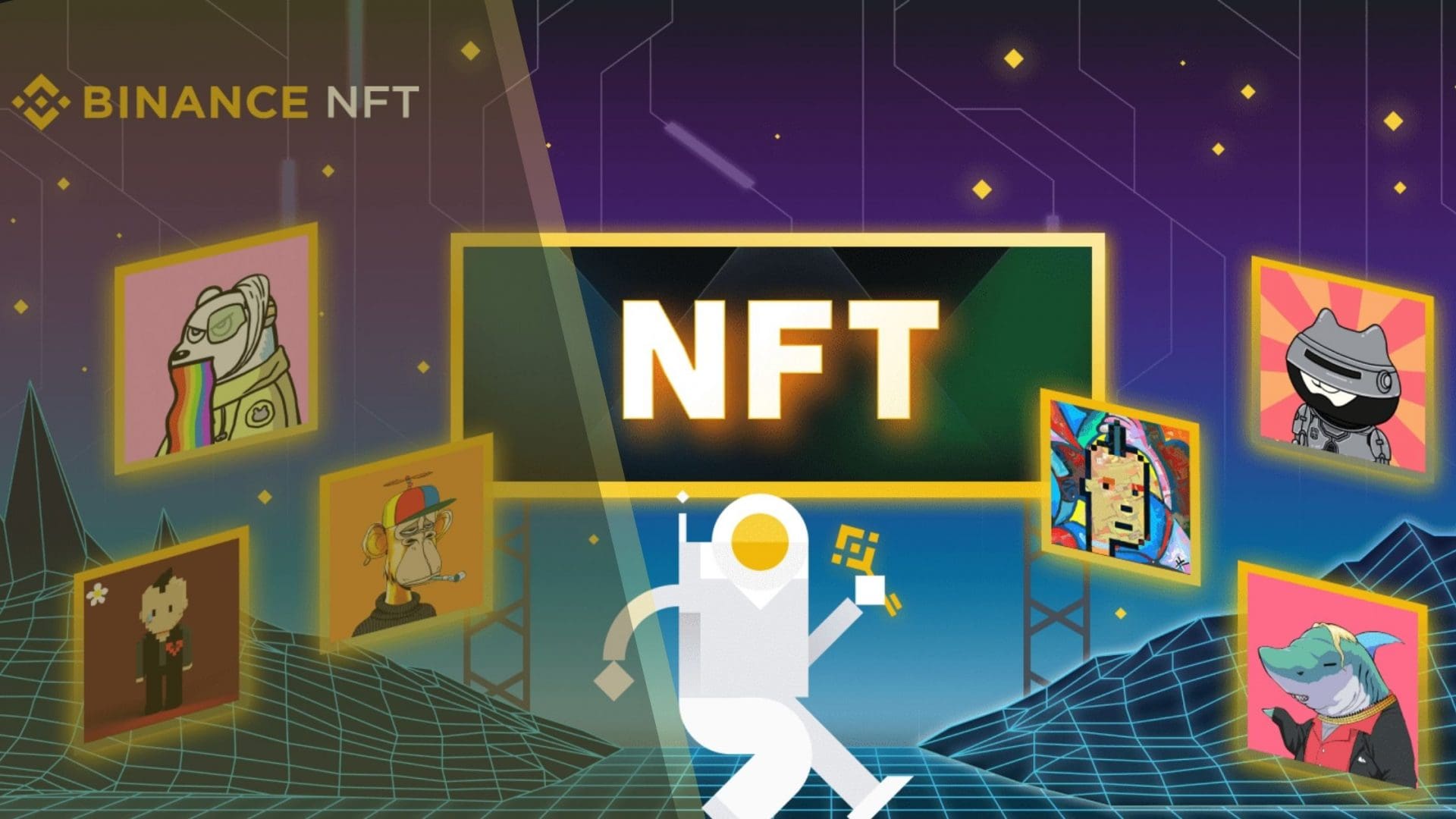
Now what we’re seeing is sort of mass speculation, where people are trying to figure out how can I buy this and flip it in three days and try to make you know, 10x the money, right? And those people are going to get burned. So I really do think it’s critical that people only buy things that if the whole thing caved in tomorrow, you’d be like, ‘Oh, I love these.
I love my collection. I love what I have. I love that I supported these artists, right? I love that I’m part of this community. I love that I’m part of this history.’ So I think that’s the way you have to collect. If there’s something that both the supporters and the sceptics can agree on. It’s that this is just the beginning of the NFT movement.
I think it’s pretty clear that we’re in sort of a price discovery mode, right? Where, you know, we don’t really know how much these things are worth, you know, they’re worth what people will pay them but the people that are excited about NFTs, that group is expanding.
In the near term, yes, they will be volatile. I believe in the long run, I’m absolutely bullish and I think that there’s a lot of opportunities. We’re just the tip of the iceberg.
I know that a lot of people see NFTs in the news or read about it, and they think that they might be too late, especially as an artist. Certainly not the case. I still think we have a long way to go but I also think that we’ve shown enough traction and it’s changed enough lives that I don’t think it’s going anywhere.
Also Read:
5 Reasons Is Buy Now Pay Later A Good Idea For Consumers? CNBC 2022
Why Volkswagen Is Beating Tesla In Europe – CNBC 2022




